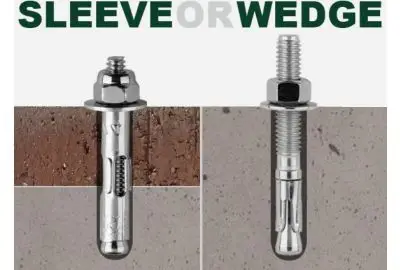oem camber bolts
Dec . 07, 2024 13:52 Back to list
oem camber bolts
Understanding OEM Camber Bolts Enhancing Your Vehicle's Performance
When it comes to optimizing your vehicle's performance, especially in terms of handling and ride quality, one often overlooked component is the camber bolt. In this article, we will explore what OEM (Original Equipment Manufacturer) camber bolts are, their importance, and how they can enhance your vehicle's overall performance.
What Are Camber Bolts?
Camber bolts are specially designed fasteners that allow for the adjustment of a vehicle's camber angle. The camber angle refers to the tilt of the wheels in relation to the vertical axis of the vehicle. Positive camber means the tops of the wheels tilt outward, while negative camber means they tilt inward. The camber angle plays a significant role in the vehicle's grip, tire wear, and overall stability during cornering.
OEM camber bolts are manufactured to meet the exact specifications set by vehicle manufacturers, ensuring both compatibility and reliability. These bolts typically allow for a certain range of adjustment, enabling drivers to fine-tune their vehicle’s suspension geometry for improved handling characteristics.
Why Use OEM Camber Bolts?
1. Precision Engineering OEM camber bolts are designed specifically for certain makes and models, ensuring a perfect fit. This precision engineering reduces the risk of installation errors and provides assurance that the component will work effectively with other suspension parts.
2. Enhanced Handling Proper camber settings improve tire contact with the road during turns. This enhanced grip contributes to better handling and stability, allowing for sharper cornering and improved performance in various driving conditions.
3. Reduced Tire Wear Improper camber angles can lead to uneven tire wear, which necessitates premature replacements and affects overall safety. By using OEM camber bolts to adjust the camber, you can ensure that your tires wear evenly, ultimately saving money on replacements.
4. Improved Ride Quality Beyond performance enhancements, proper camber alignment can also lead to a more comfortable ride. Vehicles with optimized suspension settings will generally exhibit less road noise and smoother handling, increasing driver and passenger comfort.
oem camber bolts

How to Adjust Camber Using OEM Camber Bolts
Adjusting camber with OEM camber bolts is a straightforward process, but it requires the right tools and a basic understanding of vehicle suspension. Here’s a step-by-step guide
1. Gather Tools You will need a jack, jack stands, a wrench set, and an alignment tool, or professional help for precise measurements.
2. Raise the Vehicle Use a jack to lift the vehicle and secure it with jack stands. Ensure the vehicle is stable before proceeding.
3. Locate the Control Arm Identify the control arm, as camber bolts are typically found here. Remove the existing bolts carefully.
4. Install OEM Camber Bolts Align the newly acquired OEM camber bolts with the control arm and install them. Ensure they are tightened to the manufacturer’s specifications.
5. Adjust Camber Angle Using the alignment tool, make necessary adjustments to achieve your desired camber angle. This step might require a skilled technician if precision is critical.
6. Test Drive After adjustments, take the vehicle for a test drive to ensure that the changes improve handling and comfort.
Conclusion
In conclusion, OEM camber bolts are a critical component in achieving optimal vehicle performance. By allowing for precise adjustments to the camber angle, they help improve handling, reduce tire wear, and enhance overall ride quality. If you're considering modifications to your vehicle's suspension system, investing in OEM camber bolts can be a smart move in pursuit of better performance and longevity. Whether you're a casual driver or a motorsport enthusiast, understanding and utilizing these bolts can significantly impact your driving experience.
Latest news
-
High-Quality Panel Stud Bolt Reliable Panel Stud Bolt Factory & Suppliers
NewsJul.08,2025
-
High-Precision Fine Thread Locknuts Manufacturer & Supplier Custom Solutions
NewsJul.08,2025
-
PH Imperial Stud Bolt – High Strength Fasteners from Leading Supplier & Factory
NewsJul.07,2025
-
High-Quality Allen Wrench Bolts Leading Factory, Company & Suppliers
NewsJul.07,2025
-
Wholesale Ball Stud Bolt - High Quality Supplier & Factory Price Reliable Wholesale Ball Stud Bolt Company
NewsJul.06,2025
-
High-Strength Alloy Bolts Manufacturer & Supplier Quality Alloy Fasteners Factory
NewsJul.06,2025
